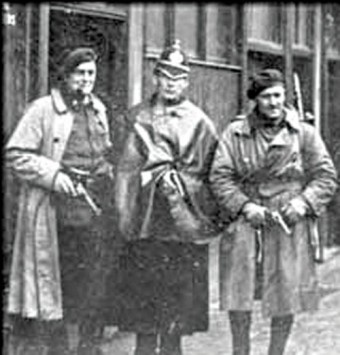Search Results for 'Kathleen Villiers-Tuthill'
9 results found.
The gathering storm
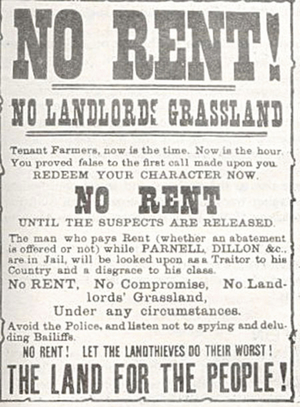
The threat of another famine in 1879, within living memory of the horror and catastrophe of the Great Famine some 29 years earlier, brought renewed terror to the vulnerable tenant farmers in the west of Ireland. This time it was not just the humble potato, but severe weather conditions which devastated crops and feed stuffs over a three year period. Farm incomes dropped dramatically, landlords fussed that rents would not be paid. Whereas some landlords were patient, others warned that evictions would follow if rents were not paid on time.
Kenneth Webb - the timeless artist
KENNETH WEBB first walked into Kenny’s on High Street in 1953, starting a partnership which has endured between artist and gallery for 60 years.
‘No cheering crowds, no military parades, no public holidays’
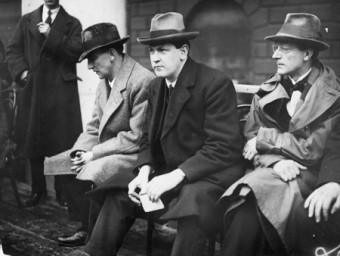
On December 7 1922, less than eight months after the Kilmilkin battle, Pádraic Ó Máille TD and his friend Sean Hales TD of Cork, walked out of a hotel on Ormonde Quay, by Dublin’s river Liffy. They just had lunch, and were on their way back to the Dáil in Leinster House, a short drive away. Ó Máille, Galway city and Connemara’s first TD, had been appointed Leas Ceann Comhairle (deputy speaker). As they reached their car a gunman stepped forward and opened fire. Both men were hit, but Hales was bleeding profusely. Although seriously injured Ó Máille managed to get Hales into the car and drove to the nearest hospital, where he collapsed. Hales was dead..
‘ Prepared to fight and to die’ for Ireland
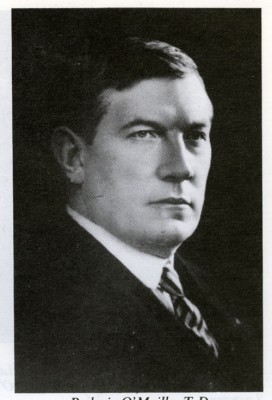
The general election of 1918 was also a plebiscite on the Easter Rising, two years previously. The Rising, and the destruction of the centre of Dublin, had been generally condemned. The Irish Parliamentary Party, under John Redmond, had been inching towards Home Rule; why bother with such violence? The belief was that the men and women of 1916 were brave, if foolhardy. Yet following the prolonged executions of the leaders, the massive round up of participants, and their imprisonment in Britain, a change of attitudes swept the country. This was perfectly illustrated in the election held on a bleak December day 1918. Sinn Féin had fielded candidates in every constituency. The campaign was vigorous and tough.
St Patrick's Day 1921 — murder and mayhem in Clifden
Just before 6am on St Patrick's Day 1921, Monsignor McAlpine, the Catholic parish priest of Clifden, Co Galway, was woken by loud banging on his door. “For God's sake, Canon, come down - the town is ablaze.”
A innocent man and the fate of Clifton
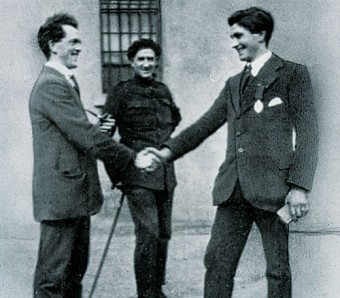
The murderous and vengeful events that followed 'Bloody Sunday' 1920 impacted on the town of Clifden in an unexpected way. There was shooting and murder on its streets; and, following a rampage by the Black and Tans, practically half the town was burnt down.
Daniel O’Connell leaves the Irish stage
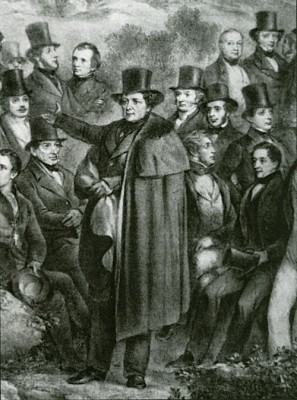
Having got him there, Clifden was not going to let Daniel O’Connell go easily. The meeting, on the edge of the town had been an unparalleled success, and the excitement prevailed. The organisers had constructed a huge pavilion ‘on the highest point of the town’, covered with canvass. It must have been of considerable size as 300 men sat at long tables, while 200 ladies sat in the adjoining galleries. At 8pm that Sunday evening, September 17 1843, O’Connell and other guests entered the pavilion with one of the Galway Temperance bands preceding him with lively tunes. His arrival was greeted with the ‘ most deafening cheers’, while the ladies waved scarves and handkerchiefs.
Fr Rhatigan strikes a blow for Rome
On February 28 1879 a desperate row erupted on peaceful Omey Island, near Cleggan, Connemara. The local curate Fr William Rhatigan burst into the local Protestant schoolhouse, run by the Irish Church Mission Society, saying he was ‘in search of his straying sheep’*. An argument broke out between him and the Rev William Lindsey MacNeice, the schoolmaster. Blows were struck. Who struck the first blow will forever be in dispute. But the evidence of Fr Rhatigan’s temper and strength is testified by the fact that it took the combined efforts of MacNeice, aided by his wife, his daughter Charlotte, his young son John Frederick, and two teachers from Claddaghduff, Messrs Davis and Coursey, to force him backwards out of the schoolhouse.
